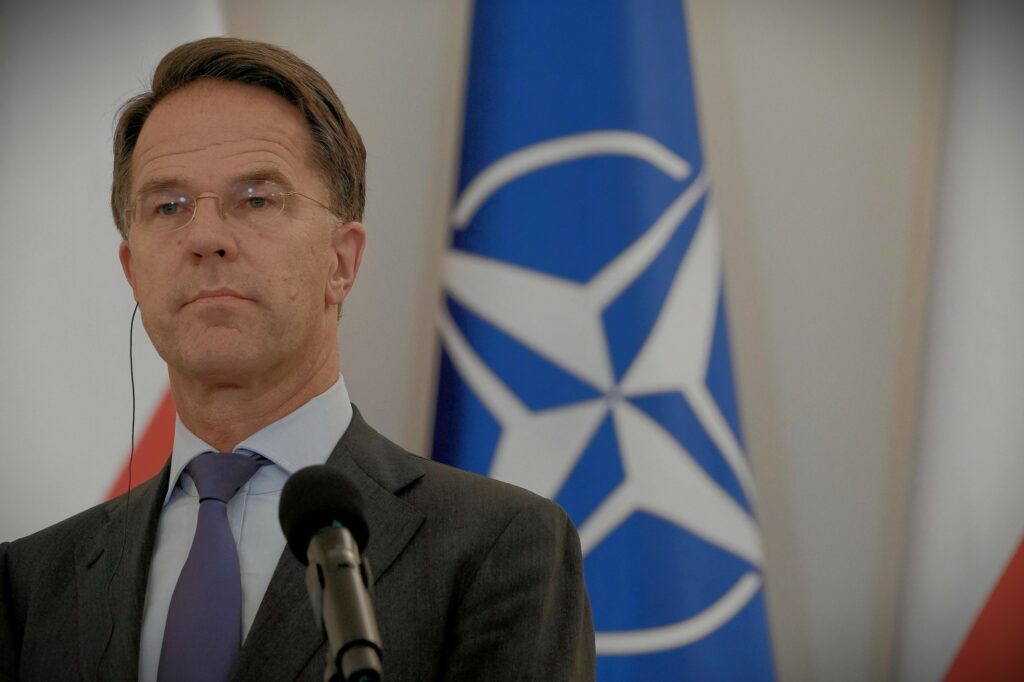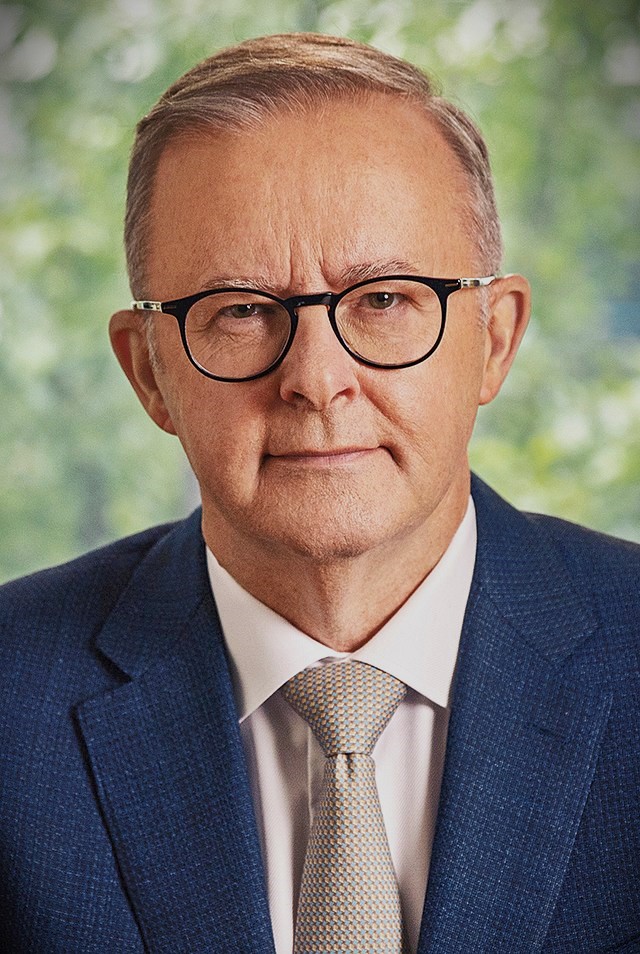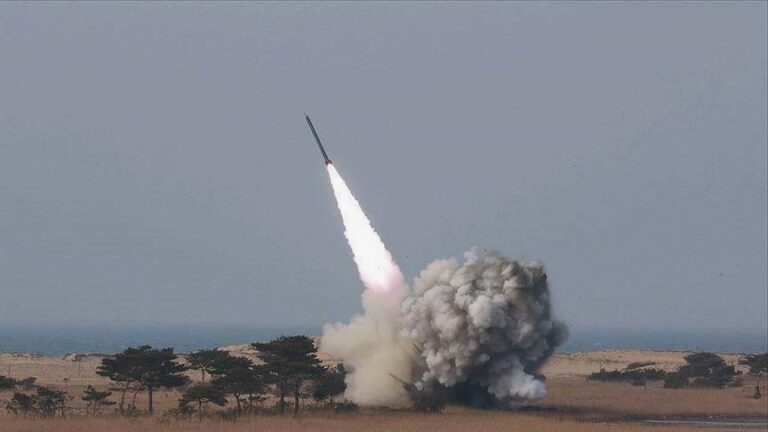
In a quiet yet powerful gesture, NATO Secretary-General Mark Rutte stepped onto Ukrainian soil with little fanfare but a loud message: NATO stands firmly with Ukraine. His unannounced visit to Odesa, the war-scarred port city on the Black Sea, was more than a diplomatic stop—it was a statement of solidarity at a time when Ukraine needs it most.
Rutte walked through a city that has weathered waves of missile attacks, standing as both a symbol of resistance and a critical hub for Ukraine’s economy and military logistics. There, he met with Ukrainian defense officials and local leaders, underscoring NATO’s continued resolve in supporting Ukraine’s battle against Russian aggression.
“Ukraine is not fighting alone,” Rutte declared, reinforcing the alliance’s message that support won’t waver, no matter how long the road ahead. “You have the strength of NATO behind you—not just in words, but in action.”
His words carried weight. Though Ukraine remains outside the NATO alliance, its relationship with the organization has deepened dramatically since the invasion began in early 2022. Rutte’s visit signals that NATO isn’t just watching events unfold from afar—it’s actively shaping the outcome.
Odesa, long viewed as a geopolitical flashpoint, has become emblematic of Ukraine’s struggle and survival. Once a bustling gateway for global trade, its docks have fallen quiet under the shadow of war. Rutte’s presence there wasn’t just symbolic—it was strategic.
While no new defense pledges were formally announced during the visit, insiders suggest that discussions are ongoing around enhanced logistical and air defense support, particularly to protect Ukraine’s southern corridor and vital grain export routes.
As he departed, Rutte left behind more than just soundbites—he left a clear signal to Moscow: NATO isn’t backing down, and Ukraine isn’t standing alone.



